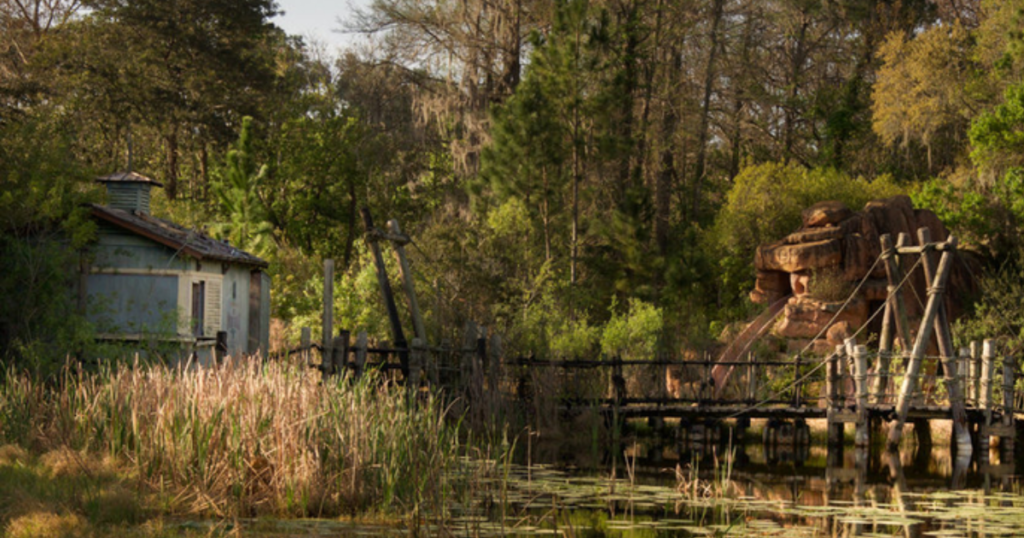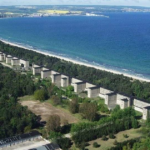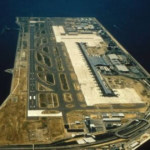Introduction
Disney theme parks are known for their magical experiences, drawing millions of visitors annually. However, not all Disney parks have stood the test of time. Some have been abandoned, forgotten, or even left to decay. What led to the closure of these once-thriving attractions? This article explores the rise and fall of Disney’s forgotten theme parks, uncovering the reasons behind their abandonment.
Discovery Island: The Mysterious Closure
Discovery Island, located in Bay Lake, Florida, was originally a wildlife attraction that opened in 1974. It was a sanctuary for exotic birds, alligators, and other wildlife. Visitors could explore nature trails, observe rare animals, and experience the beauty of untouched Florida wilderness.
However, by 1999, Disney decided to close Discovery Island permanently. The official reason was the opening of Animal Kingdom, which offered a much larger and more immersive wildlife experience. Additionally, there were concerns about wildlife regulations and changing visitor expectations. There were also unconfirmed reports that bacteria dangerous to humans had been found in the surrounding waters, further fueling speculation about its closure. Today, Discovery Island remains abandoned, overgrown with vegetation, and off-limits to the public, sparking urban explorer interest and speculation about its fate.
River Country: America’s First Water Park
River Country was Disney’s first-ever water park, opening in 1976. It featured a rustic, naturalistic design that blended seamlessly with the surrounding landscape. The park had unique attractions, such as a sand-bottom lake and a filtering system that used natural water from Bay Lake.
Despite its initial success, River Country closed in 2001, and Disney later confirmed its permanent closure in 2005. Several factors contributed to its demise:
- Concerns over water safety and filtration standards
- The emergence of larger, modern water parks like Blizzard Beach and Typhoon Lagoon
- A decline in attendance due to newer attractions
- Health concerns surrounding a deadly amoeba found in warm freshwater, which had led to at least one fatality
By 2018, Disney announced plans to replace River Country with a new resort, now known as Reflections: A Disney Lakeside Lodge. However, in 2020, Disney shelved the plans indefinitely, leaving the fate of the area uncertain.
Disneyland’s Mythical “Lost” Attractions
Beyond entire parks, Disney has also retired several major attractions within existing parks. Some notable examples include:
- 20,000 Leagues Under the Sea (Magic Kingdom): Closed in 1994 due to high maintenance costs and operational challenges.
- The Skyway (Disneyland & Magic Kingdom): A scenic gondola ride that was shut down in 1999 after safety concerns and logistical issues.
- The PeopleMover (Disneyland): Unlike its successful counterpart in Florida, the California version was closed in 1995 and never replaced.
- ExtraTERRORestrial Alien Encounter (Magic Kingdom): Opened in 1995, this intense attraction was shut down in 2003 due to being too frightening for younger guests.

Failed International Ventures: Disney’s America & The Europe Park That Never Was
Disney has attempted to expand its parks beyond existing locations, but not every idea has come to life.
- Disney’s America (Virginia): In the 1990s, Disney planned a U.S. history-themed park in Virginia, but local opposition and controversy led to its cancellation.
- Disneyland Europe (Spain): Before choosing Paris, Disney considered Spain for its European park, but financial and logistical concerns led to its rejection.
- DisneySea (Long Beach, California): Disney once envisioned a second California park with an oceanic theme, but the project was abandoned in favor of expanding Disneyland.
The Legacy of Disney’s Forgotten Parks
Despite their abandonment, these parks and attractions hold a special place in Disney history. They serve as reminders of the company’s ambition, challenges, and the ever-evolving nature of theme park entertainment. Some locations, like River Country, have been repurposed, while others, like Discovery Island, remain ghostly relics of Disney’s past.
Conclusion
The abandonment of these Disney parks and attractions stemmed from various factors, including financial constraints, changing visitor expectations, safety concerns, and the need for innovation. While these forgotten locations may never reopen, they continue to captivate the imagination of Disney fans and urban explorers alike, preserving a unique chapter in Disney’s rich history. Disney’s ability to evolve and innovate has kept its brand strong, but its forgotten parks serve as a haunting reminder of what could have been.


